
Ukiah, California, sits roughly an hour inland from the coast, just down from the eastern slopes of the Mendocino Mountain Range. Just blocks from downtown, this heavily forested coastal mountain range climbs thousands of feet from the valley floor, creating a truly scenic backdrop for the surrounding communities.
Despite thousands of feet of elevation and thousands of acres of forests, very few trails exist in the Mendocino Range. However, thanks to the efforts of the Ukiah Valley Trail Group (UVTG), that will soon change.
Ukiah was a trail desert
When Neil Davis moved to Ukiah, California, in 1996, he expected to find singletrack everywhere.
“I grew up in Marin [California], and at the end of every road was a trail,” Davis told us. “I never lived more than a mile from a trailhead. I moved [to Ukiah], saw all of these undeveloped hills, and assumed there were all these trails here.”
Davis is a founding member of UVTG. He shared that he spent his first year living in Ukiah, driving around, looking for trails. Eventually, he realized they just weren’t there.
California, especially areas like Marin County and the East Bay, has a reputation for being notoriously difficult to build mountain biking trails. In his reference to trails in Marin or Ukiah, Davis isn’t necessarily referring specifically to mountain biking trails, just trails in general. While Davis is a mountain biker and always pushes for mountain bike access, UVTG isn’t a mountain bike-specific organization.
Davis didn’t just see a lack of mountain biking trails when he moved to Ukiah; he saw an absence of trails altogether.
So, over 20 years ago, Davis and a group of locals decided to start a trail organization. And slowly, but surely, UVTG began to build trails. Davis shared that it was a long road. The newly formed organization employed a mix of on-the-fly learning and self-taught methods as they found their footing. In the early years, IMBA conducted a handful of workshops with them, and UVTG took advantage of those opportunities to educate themselves.
Time and dedication paid off, and the organization grew.
“Over the years, we’ve gone from having hardly any trails to having some pretty good trails,” Davis said. “But we’re just developing as an area. I think this project is going to be really transformative for this area.”
The “project” Davis refers to is the 22 miles of singletrack the organization has been approved to build in the nearby Mendocino Range.
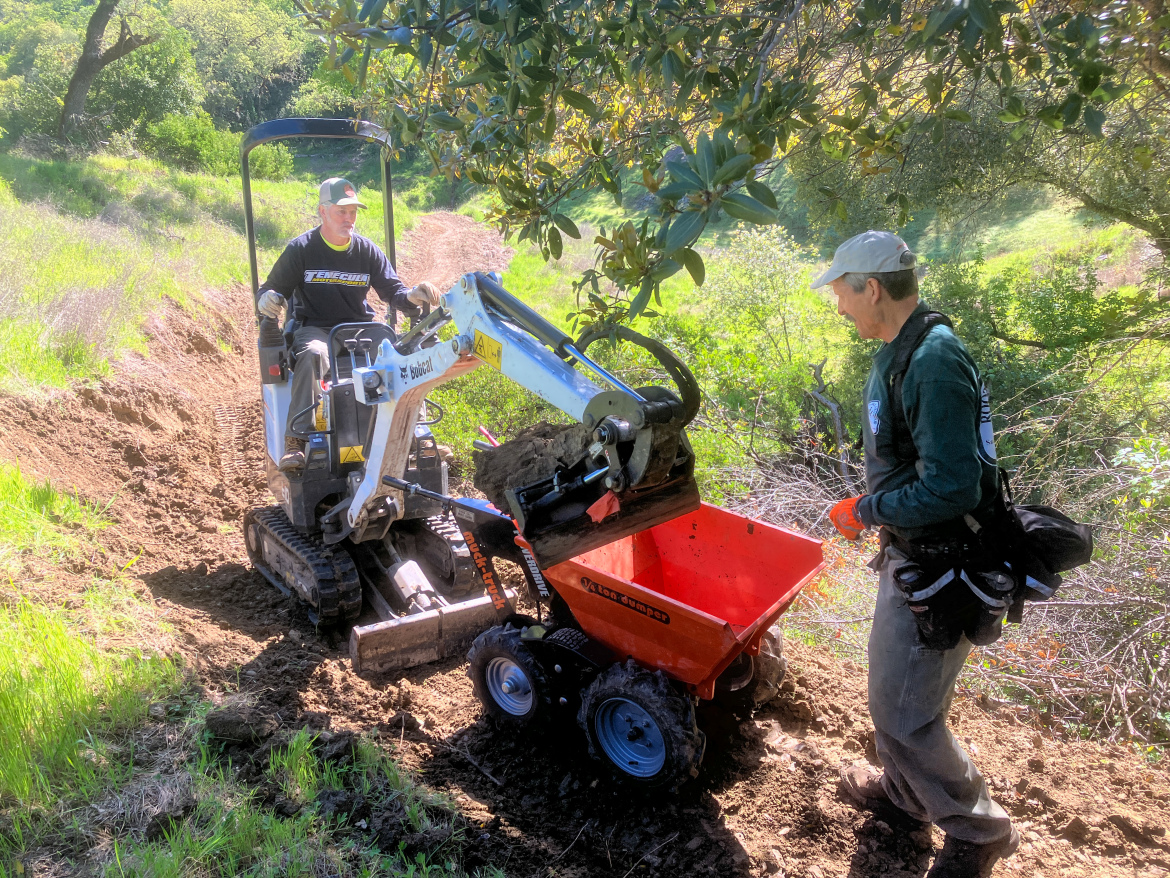
Playing the long game
Lookout Peak rises 2,700 feet above sea level, towering over Ukiah less than two miles away. Davis shared that from the day they founded UVTG, they wanted to build trails in the Mendocino Range, up to Lookout Peak.
But as a new group, they knew they’d likely face opposition.
“We knew that there were a lot of property owners who were going to resist us building trails,” Davis said. “And so we made a strategic decision at the beginning to go build trails in other places. We didn’t even talk about building trails up there.”
So, UVTG cut their teeth in other areas. They built trails around Lake Mendocino and slowly earned the trust of land managers and private landowners. Year after year, Ukiah residents who once opposed a trailhead found themselves there more than once a week.
UVTG continued to build — not just trails, but a reputation in the community. Finally, in 2010, UVTG got its first opportunity to build trails west of town in the Mendocino Range.
Those trails, at Low Gap Park, were and are still hiking-only trails. Despite Davis and others hoping they’d be open to mountain bikes, building any trail in the Mendocino Range felt like an open door.
It would only take 15 more years for the doors to open once again: this time to mountain bikes.
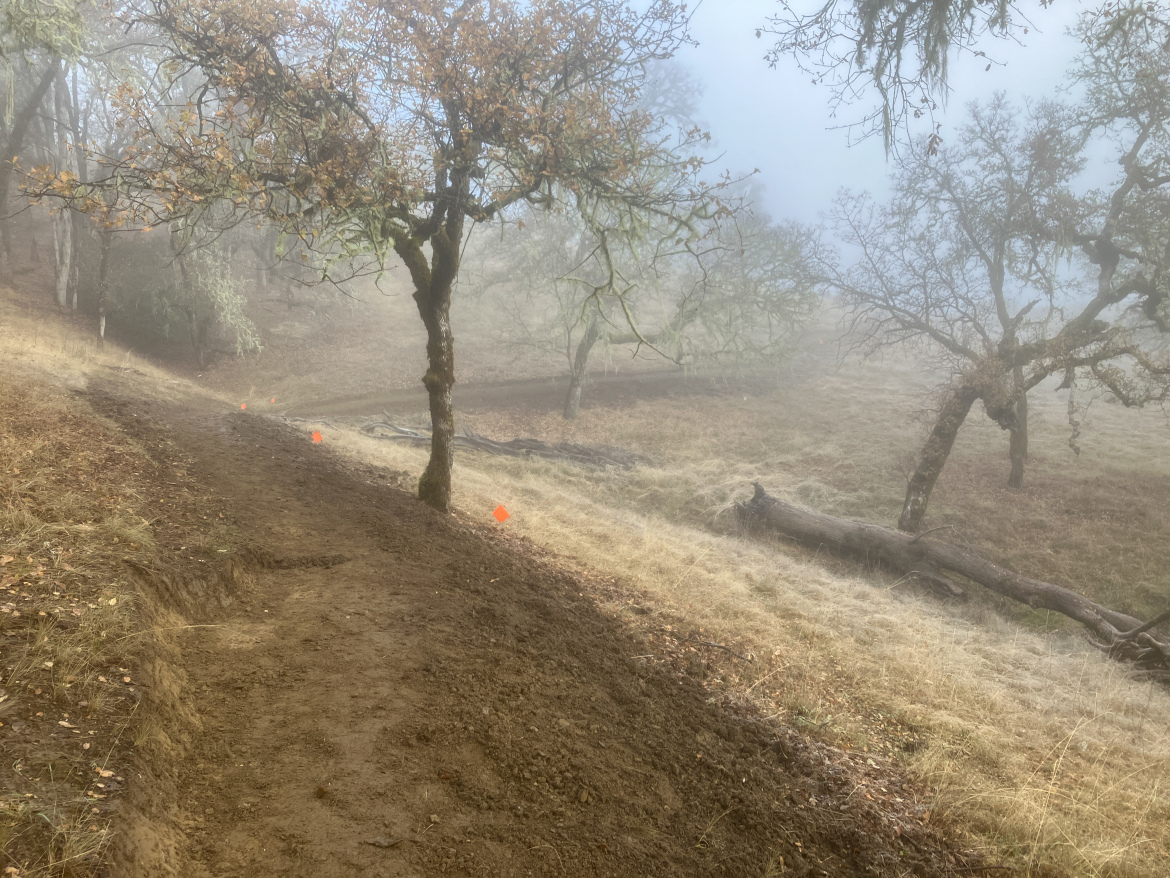
Mountain bike trails on Lookout Peak
While the Ukiah City Council approved UVTG to build 22 miles of trails, this will obviously have to be done in phases as planning and funding progress. For now, Davis and UVTG are excited for the first phase of the Lookout Peak Trail Project.
The property they’ve been granted access to is a 700-acre strip climbing some 2,000 feet up the mountain. The land is relatively narrow, which will somewhat limit UVTG’s design options.
It will also mean that they need to start at the bottom and work their way up. Davis explained that the first item on their docket is a four-mile loop appropriately named “Gateway.”
At the top of the loop, Davis envisions another trail — roughly one mile — serving as a connector to more loops near the top of the mountain. And while the trail system will be multi-use, Davis imagines that the upper part of the trail system will be used mainly by mountain bikers.
Why? Simple, really. Bikes can go farther in a shorter period of time.
“I think that 60-70% of hikers will never go beyond that bottom four-mile loop,” he told us. “After that [connector trail] mile, they’ll be at a six-mile out-and-back at that point. 95% of hikers won’t go above that.”
Eventually, Davis hopes to build a dedicated downhill trail from the top of the system. He said this would mean a trail that is about five or six miles long, dropping ~1,500 feet to Ukiah.
It would, of course, require a good amount of climbing, as any of the trails in this Lookout Peak Project will. While UVTG doesn’t yet know the difficulty rating of any trails, Davis shared that the system should cater well to intermediate and advanced riders.
Davis would also love to eventually see the Lookout Peak trails connect to the Low Gap Park trails roughly a mile to the north. For that to happen, the city would need to allow mountain biking at Low Gap.
But for now, they are focused on the Gateway Loop. Davis shared that they have purchased an excavator and plan to build it themselves. He believes they have enough funding — all donations — to complete the four-mile loop.
Funding for future phases is likely to come from donations and, hopefully, grant proposals, for which UVTG has already applied.





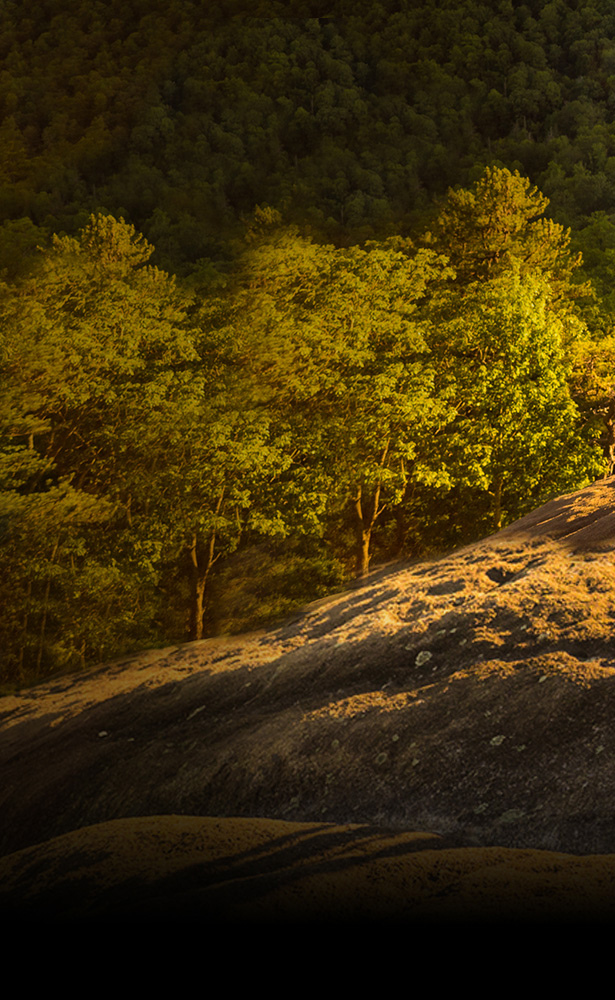
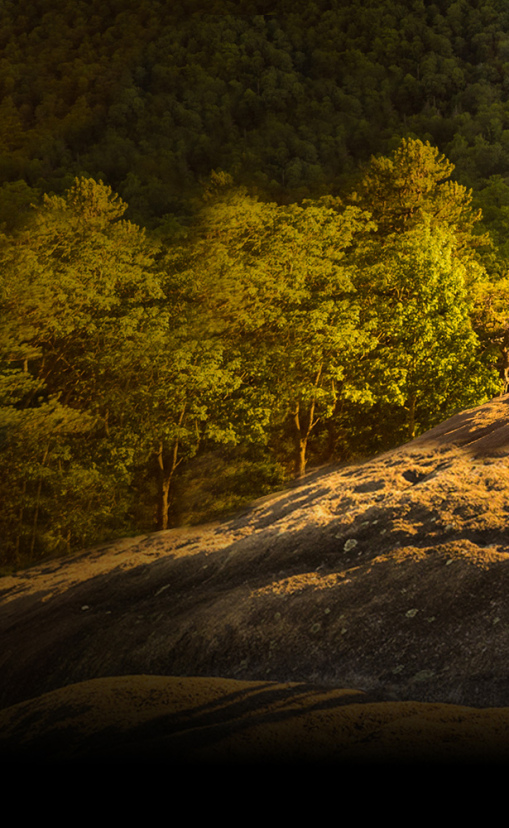
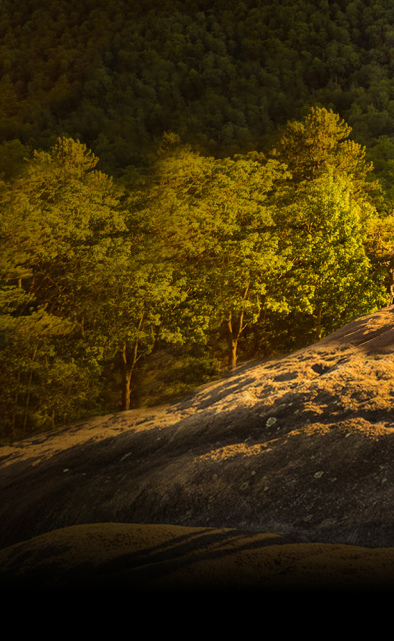
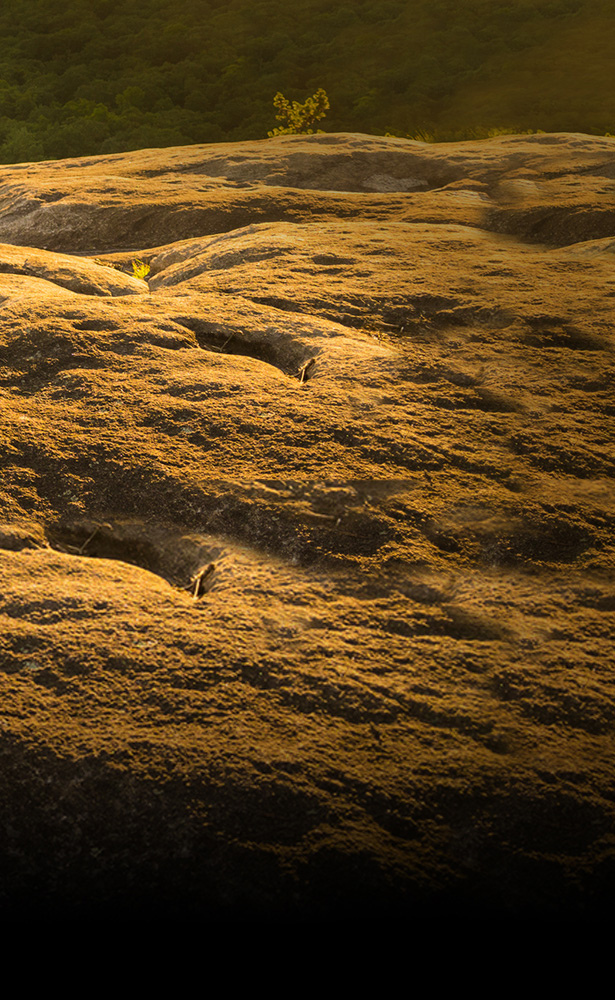
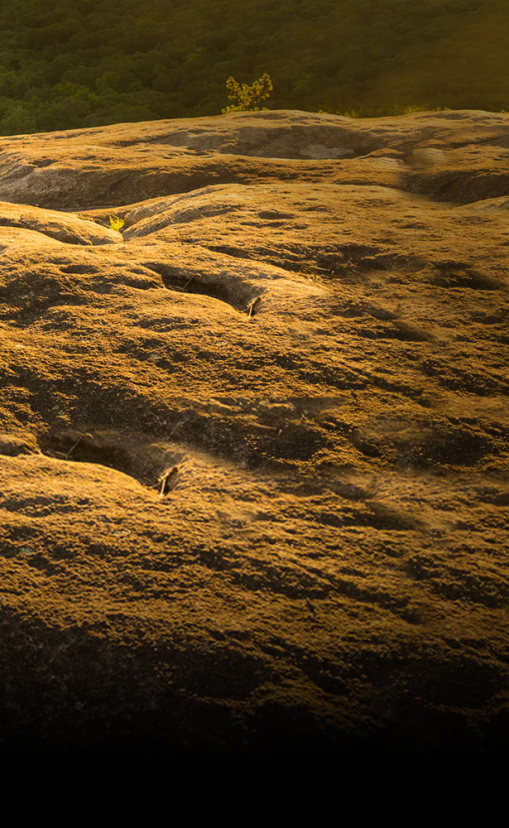

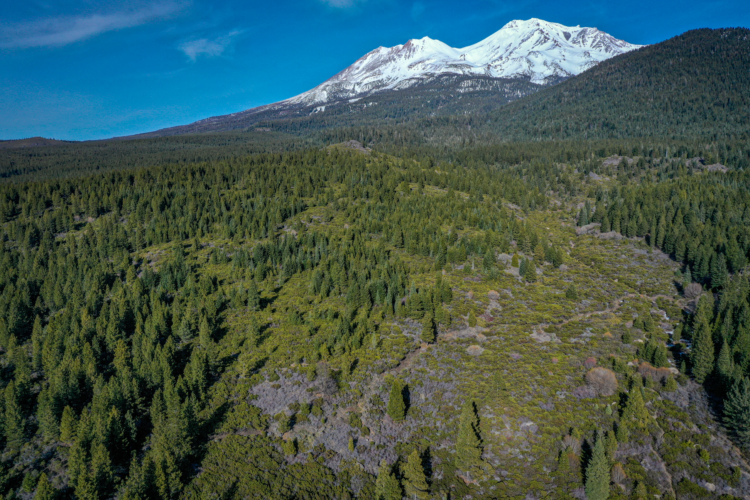

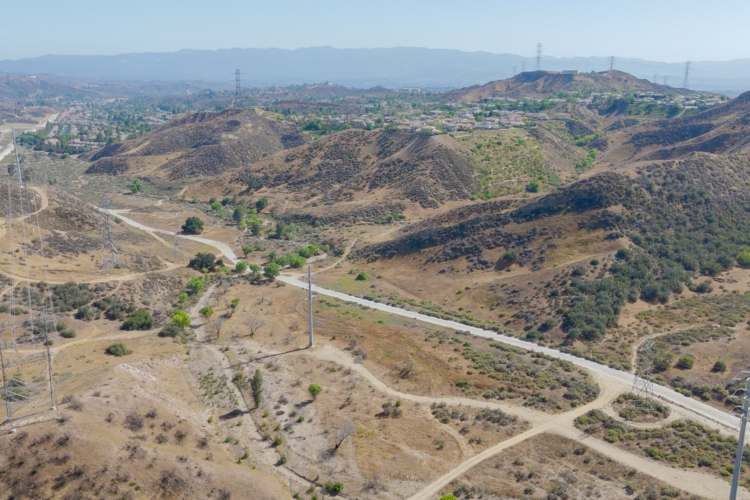
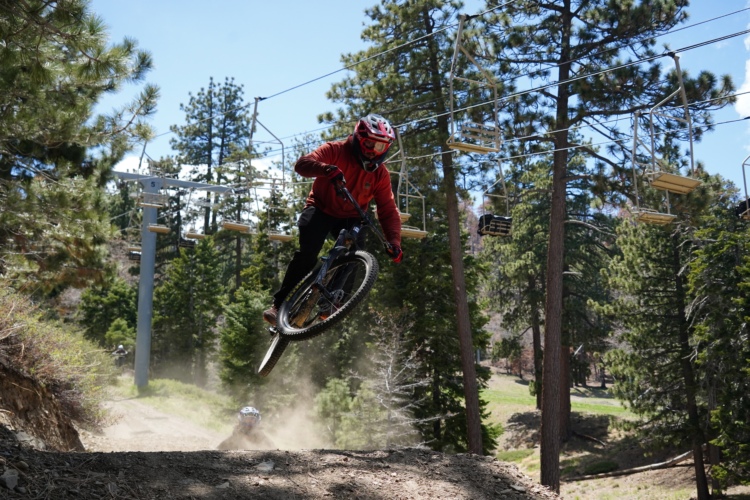
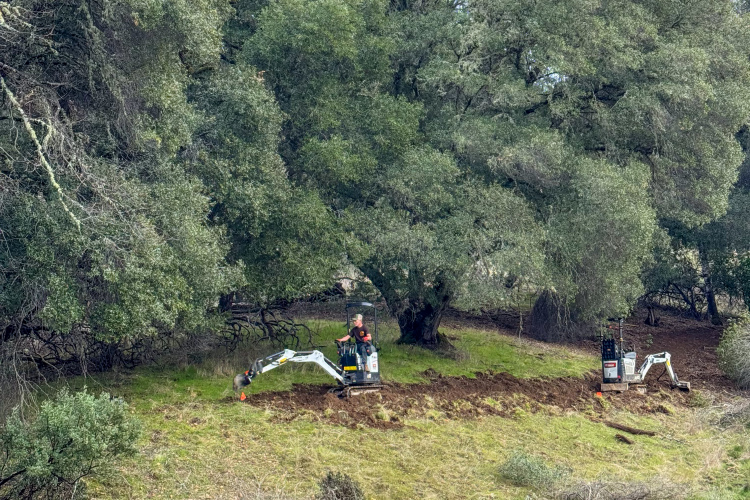




0 Comments